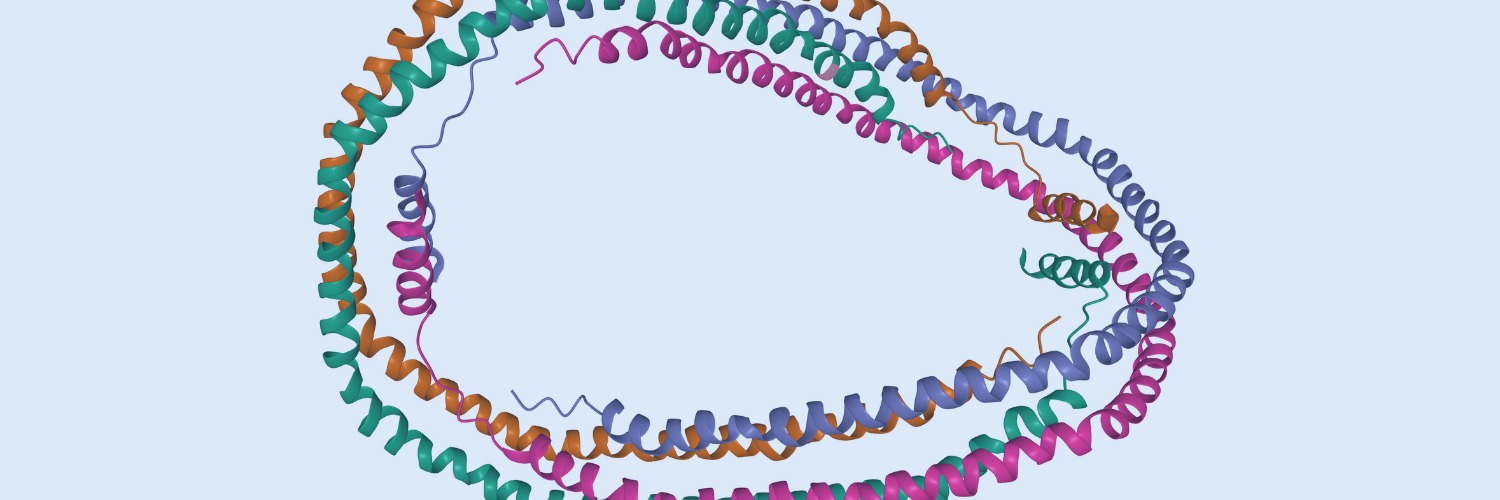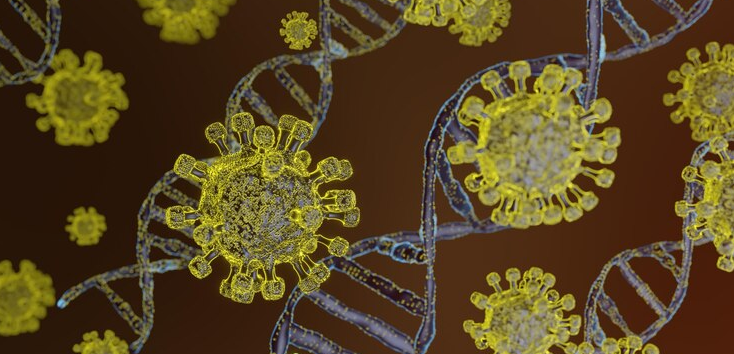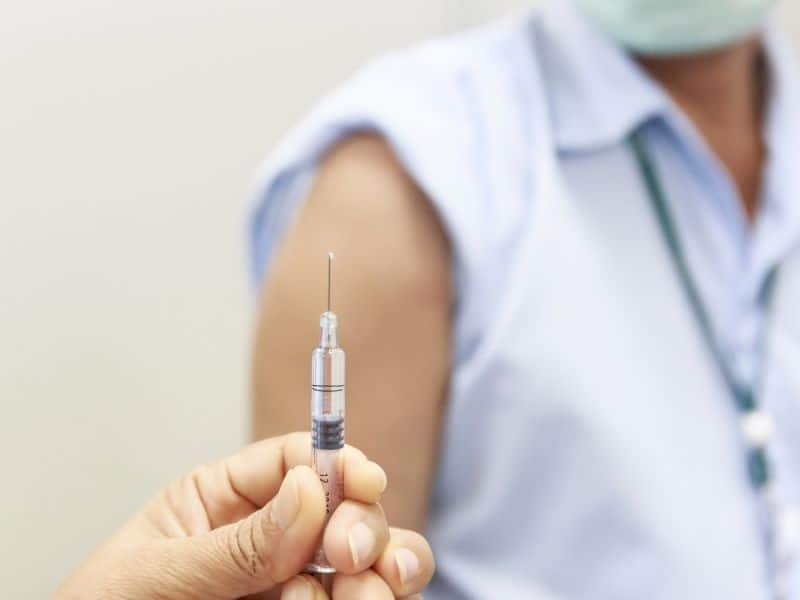The following is a summary of “Transcatheter Edge-to-Edge Repair in Patients With Anatomically Complex Degenerative Mitral Regurgitation,” published in the February 2023 issue of Cardiology by Hausleiter, et al.
Patients with degenerative mitral regurgitation (DMR) can be successfully treated without significant surgical risk using mitral valve transcatheter edge-to-edge repair, although results can vary depending on the patient’s unique mitral valve anatomy. The PASCAL IID registry evaluated clinical, echocardiographic, and safety results in patients at prohibitive risk who had complicated mitral valve anatomy with substantial DMR symptoms.
According to the MitraClip instructions for usage, patients in the prospective, multicenter, single-arm registry had 3+ or 4+ DMR, were at prohibitive surgical risk, had complicated anatomic characteristics, and were approved for the PASCAL system by a central screening committee. The PASCAL system was used to treat patients who had signed up. In addition to functional and quality-of-life outcomes, safety and efficacy were evaluated. An echocardiographic core laboratory and clinical events committee also oversaw the study.
About 98 patients were included in the research (37.2% ≥2 independent significant jets, 15.0% severe bileaflet/multi scallop prolapse, 13.3% mitral valve orifice area <4.0 cm2, and 10.6% large flail gap and/or large flail width). 92.9% of implants were successful. The rate of serious adverse events during the past 30 days was 11.2%. At 6 months, 92.4% of patients had MR ≤2+, and 56.1% had MR ≤1+ (P < 0.001 vs baseline). The estimates provided by Kaplan-Meier were 93.7%, 85.6%, and 92.6%, respectively, for survival, freedom from severe adverse events, and heart failure hospitalization at 6 months. Patients showed a considerable improvement in symptoms compared to the starting point (P< 0.001).
The results of the PASCAL IID registry demonstrated that the PASCAL system was a helpful treatment for DMR patients with complicated mitral valve anatomy who could not afford surgery.
Reference: acc.org/doi/10.1016/j.jacc.2022.11.034



















